ADVERTISEMENT
threatened species
six long lost species of frogs found in Haiti
six long lost species of frogs found in Haiti.
In January 2011, scientists exploring the pristine Haitian forests found an abundance of frogs, including six species lost for nearly two decades. On the one-year anniversary of Haiti's earthquake nightmare on January 11, 2011, the scientists from the Conservation International (CI) and the Amphibian Specialist Group (ASG) of the International Union for Conservation of Nature (IUCN) found six globally unique frog species in the tropical jungles of Haiti. The researchers were working in Haiti, especially in search of long lost La Selle Grass frog (E. glanduliferoides) which had not been seen since 1991. In 2011, Conservation International was working in 18 countries with the goal of locating species that have not been seen in a decade or more and which are feared to be extinct. The six species that the scientists have found are: (i) La Hotte Glanded Frog; (ii) Hispaniola Crowned Frog; (iii) Haiti Macaya Burrowing Frog; (iv) Haiti Macaya Breast Spot Frog; (v) Haiti Ventriloqual Frog; and (vi) Haiti Mozart's Frog.
La Hotte Glanded Frog is a critically endangered species that sees the world through unusual, sapphire colored eyes. Hispaniola Crowned Frog was named after a subtle row of protuberances resembling a crown on the back of its head. The males of the Macaya Burrowing Frog species call from underground chambers. This was the first record of the species from this area. The females of this species lay eggs underground. Skipping the tadpole stage, they hatch directly into 'froglets'. A fully grown Macaya Breast-spot Frog, about the size of a grape, is one of the smallest frogs in the world. Hispaniola Ventriloquial Frog projects its bird chirping voice like a ventriloquist. 'Mozart's Frogs' are whistling frogs that make whistle-like call resembling musical notes. The species is named after composer Wolfgang Amadeus Mozart.
The Haitian cloud forest is home to many critically endangered amphibian species. However, due to the massive deforestation, many Haitian species of plants and animals might become extinct within the next few decades.
The Ricord's Iguana, Haiti's giant iguanas, threatened species
Here is a poicture of the Ricord's Iguana, Haiti's giant iguanas, threatened species.
'Iguana' or rhinoceros iguana or Ricord's Ground or Rock Iguana (Cyclura cornuta) is primarily found on the Caribbean island of Hispaniola, shared by the Republic of Haiti and the Dominican Republic. It is a threatened species in the lizard family that varies in length from 60 to 136 centimeters (24 to 54 inches). The populations of 'iguana' are even more endangered in Haiti because of its deforestation, predators, and human habitat. Ricord's iguana prefers dry xeric scrubland with sandy and earthen soils in which they excavate burrows for retreats. Their several key environmental factors, including soil depth and texture, bedrock parental material, landform, and climate seem to determine their presence. A recent, conservative but fair estimate suggests a current population between 2,000 and 4,000 within the 100 square kilometers of the South-Central part of the island of Hispaniola, and it is rapidly declining. Adult population of Iguana in Haiti could be less than one hundred. In August 2012, Dr. Masani Accimé, found a group of hatchling Ricord's Iguanas (15 numbers) in the dry forests of southeast Haiti.
Ricord's iguana in Anse-a-Pitres
A wildlife reserve is in the works between the IIF (International Iguana Foundation) and the Haitian community to protect the Ricord's iguana, an animal that is considered critically endangered. With deforestation a hot topic in Haiti currently, the threatened iguanas are looked to as an aid, as they are important for the reforestation of these stripped areas. A recently discovered subpopulation was found in the Anse-a-Pitres region of Haiti, but it is considered as being very tenuous.
Rodent in Haiti named James Bond's hutia or Plagiodontia aedium bondi
here is a picture of a cat size Rodent found in Haiti. It was named afterJames Bond's hutia or Plagiodontia aedium bondi.
A newly-discovered rodent has been found on the island of Hispaniola by a team of scientists led by the Zoological Society of London and it has been named James Bond's 'hutia'. It's the size of a cat and looks like an oversized guinea pig, but has managed to avoid detection until now. It weighs more than a kilogram, and has soft-brown fur and a short tail. The scientific classification of this species is "Plagiodontia aedium bondi"; it is a part of a unique Caribbean mammal family that once numbered more than 30 species. As per the description of journal Zootaxa, this guinea-pig-like creature belongs to an ancient group of rodents called hutias. James Bond was a Caribbean based ornithologist who is said to have been the inspiration of Ian Fleming's famous fictional spy character. He carried out years of research into the area. He identified an area (now called Bond's Line) that marks the home of hutia and its closest relatives. Sadly, these rodents are considered endangered and their continued survival on the island hangs in the balance as most of their habitat has been destroyed by Man.

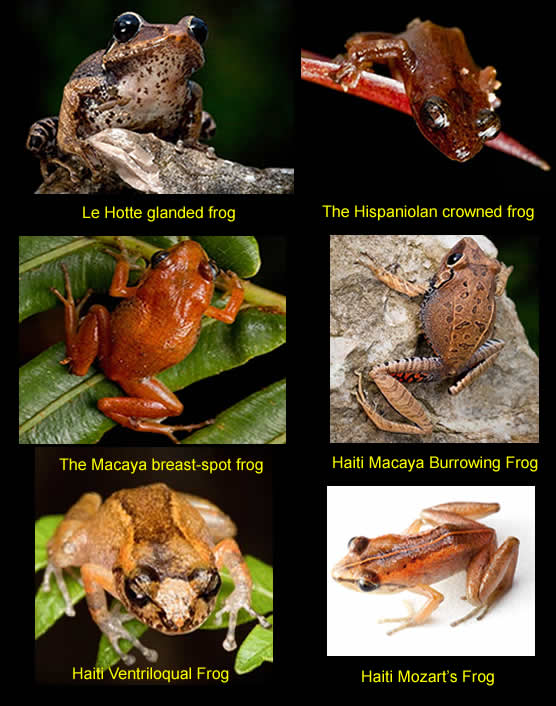
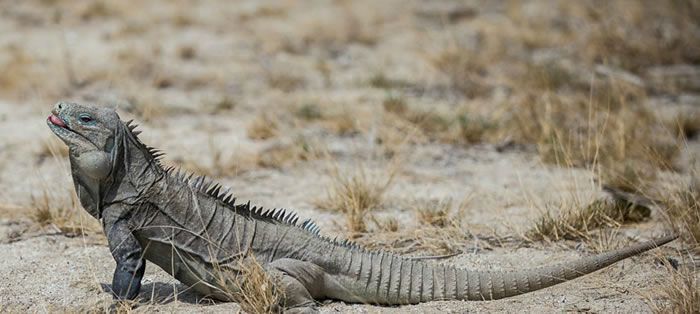
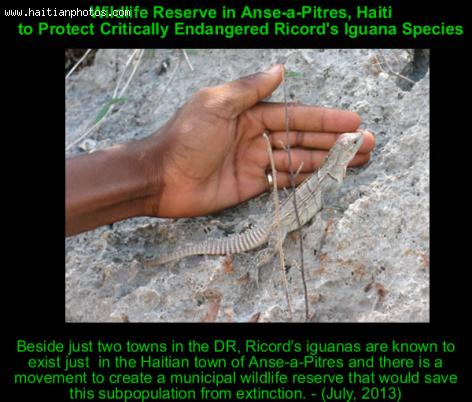
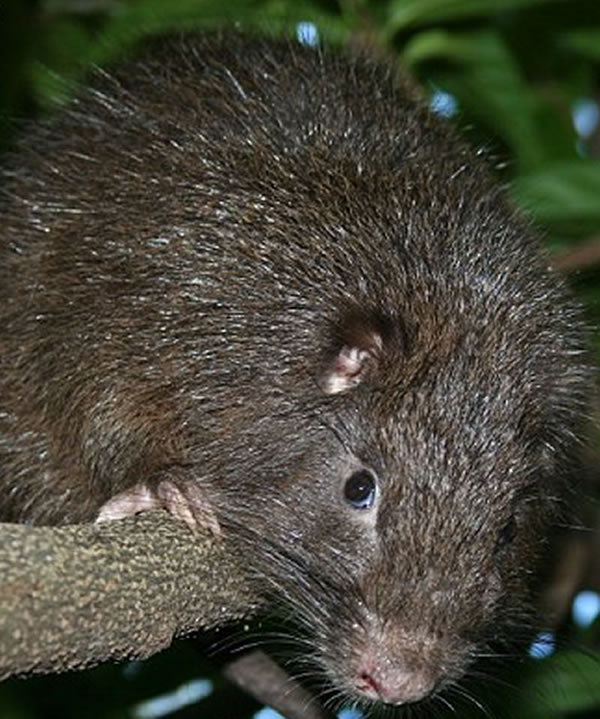
 François Nicolas Duvalier Potential Candidate for President of...
François Nicolas Duvalier Potential Candidate for President of...  Ernst 'ZeNono' Jean-Baptiste wants to replace Sepp Blatter as...
Ernst 'ZeNono' Jean-Baptiste wants to replace Sepp Blatter as...  Charlemagne Peralte betrayed by Jean-Baptiste Conze
Charlemagne Peralte betrayed by Jean-Baptiste Conze  Meet Haitian-American professional baseball pitcher Touki...
Meet Haitian-American professional baseball pitcher Touki... 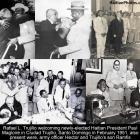 Rafael L. Trujillo welcoming Paul Magloire in Santo Domingo
Rafael L. Trujillo welcoming Paul Magloire in Santo Domingo  Paul Eugène Magloire, born in Quartier Morin
Paul Eugène Magloire, born in Quartier Morin  Dr. Henri Ford, First Haitian Dean At University of Miami Med...
Dr. Henri Ford, First Haitian Dean At University of Miami Med...  Jack Guy Lafontant resigns as Haiti Prime Minister
Jack Guy Lafontant resigns as Haiti Prime Minister 



